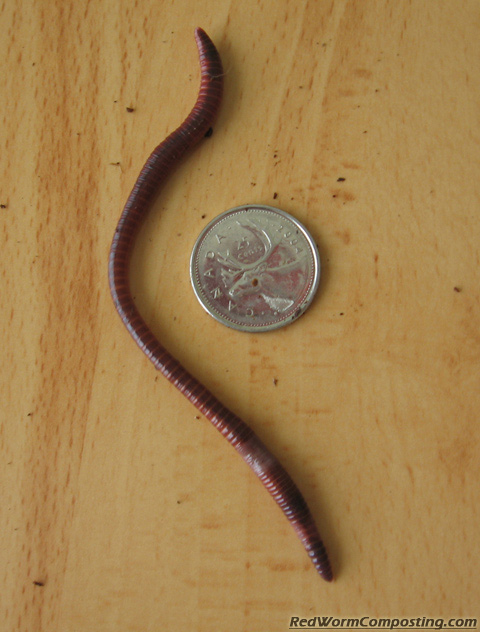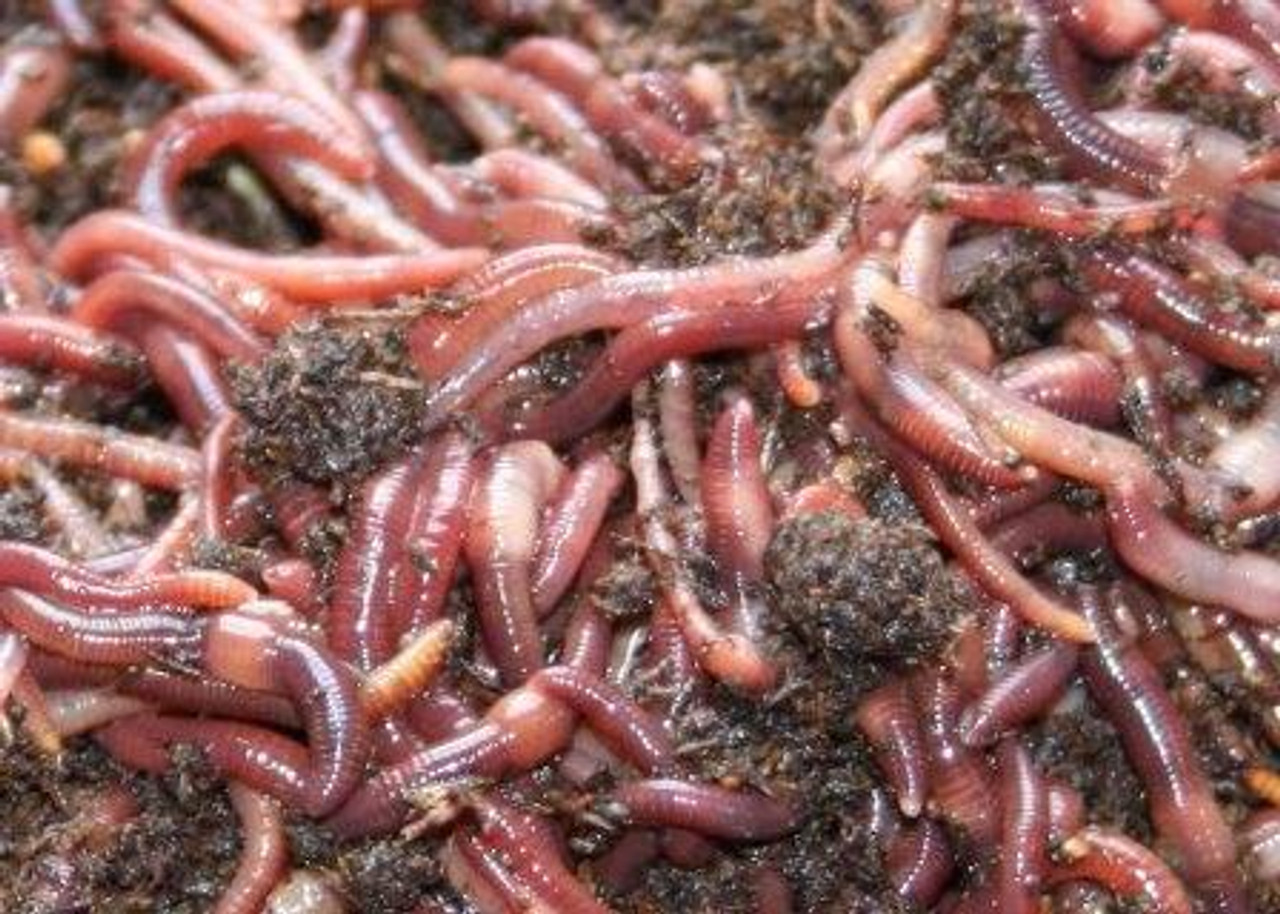Take Care of Your Lawn with the Best Products from Lake Hickory Bait
Take Care of Your Lawn with the Best Products from Lake Hickory Bait
Blog Article
Red Wigglers: The Unsung Heroes of Organic Waste Recycling
Red wigglers, or Eisenia fetida, offer as essential representatives in the natural waste reusing process, changing thrown out materials right into valuable vermicompost. As the world increasingly seeks services to deal with waste buildup and enhance agricultural efficiency, understanding the duty of these worms comes to be essential.
What Are Red Wigglers?
The remarkable strength of red wigglers, clinically called Eisenia fetida, emphasizes their critical function in organic waste recycling. These little, reddish-brown earthworms are usually discovered in breaking down raw material, such as compost heap and manure loads. Lake Hickory Bait. Unlike other earthworm varieties, red wigglers flourish in nutrient-rich settings and are extremely efficient at breaking down natural materials, making them vital for vermicomposting

(Red Wiggler Express)In addition to their function in waste decrease, red wigglers add to soil health and wellness by improving dirt framework and oygenation through their tunneling tasks (Lake Hickory Bait). Their existence in composting systems not only boosts disintegration rates yet additionally advertises a lasting method to waste administration, showing their relevance in ecological conservation efforts
Advantages of Composting With Worms
Composting with worms, particularly red wigglers, provides many benefits that boost both waste monitoring and soil health. These worms effectively damage down organic waste, converting it into nutrient-rich vermicompost that enriches soil. This process accelerates decay, permitting a quicker recycling of kitchen area scraps and other organic materials compared to conventional composting methods.
Additionally, the vermicompost created by red wigglers is bursting with beneficial microorganisms, which aid boost soil structure, aeration, and moisture retention. This enhances the total health and wellness of plants, advertising energetic growth and increased returns in yards and farming setups. Moreover, using worms in composting reduces the production of greenhouse gases, such as methane, adding to an extra lasting waste monitoring system.

How to Begin Vermicomposting
Establishing a vermicomposting system is a straightforward process that can produce considerable advantages for both waste management and soil enrichment. To start, pick an ideal container, such as a plastic container or wooden box, with sufficient air flow openings to make sure correct air movement. The dimensions ought to ideally be around 2 feet by 3 feet, enabling adequate room for the worms to flourish.
Next, prepare bed linen material, which can contain shredded paper, cardboard, or coconut coir. This bedding must be dampened to produce an ideal habitat for the worms. Once the bedding is in area, present red wigglers (Eisenia fetida) into the bin, normally around one extra pound of worms for each square foot of surface.
Complying with the positioning of worms, include organic waste, such as fruit and vegetable scraps, coffee grounds, and smashed eggshells. Avoid adding milk, meat, or oils, as these can develop smells and bring in pests. Place the bin in a shaded, temperature-controlled location to preserve optimal problems for worm task. With these steps, you will efficiently initiate a vermicomposting system that contributes to lasting waste monitoring and enhances your soil.
Keeping a Healthy Worm Container
(Red Wiggler Express)Keeping a worm container thriving calls for routine attention and like make sure the health of the red wigglers and the performance of the composting process. Proper upkeep begins with keeping track of the dampness levels; the container must perspire however not waterlogged. A great regulation of thumb is to preserve a consistency similar to a wrung-out sponge.
Gently mixing the bed linens and food scraps every few weeks avoids compaction and ensures that all worms have access to oxygen. Furthermore, it is essential to feed the worms suitably.
Temperature policy is one more essential facet. Red wigglers prosper in a variety of 55 to 77 levels Fahrenheit. If the container comes to be too hot or cool, the worms might end up being worried - redirected here Lake Hickory Bait. Occasionally inspect for indicators of wellness, such as worm populace development and the existence of healthy castings. By vigilantly handling these elements, one can maintain a durable and effective worm container.
Effect on Sustainable Living
The successful maintenance of a worm bin not just profits the health and wellness of red wigglers however likewise adds substantially to sustainable living practices. By reusing natural waste, such as cooking area scraps and backyard particles, red wigglers assist draw away significant amounts of product from land fills. This reduction in waste not just reduces greenhouse gas exhausts however also decreases the ecological concern connected with waste management.
Furthermore, the spreadings created by red wigglers function as a nutrient-rich natural fertilizer, enhancing soil health and advertising plant growth. This all-natural choice to chemical plant foods supports lasting agriculture and horticulture techniques, lowering reliance on synthetic inputs that can damage environments. In addition, worm composting cultivates recognition of waste management, urging individuals and areas to embrace even more lasting routines.

Final Thought
In summary, red wigglers act as vital contributors to natural waste reusing with their reliable disintegration of organic products. Their capability to generate nutrient-rich vermicompost enhances dirt health and sustains sustainable farming practices. By integrating vermicomposting into waste monitoring methods, people and communities can dramatically reduce waste while promoting ecological sustainability. The duty of Eisenia fetida in promoting healthy communities underscores the importance of these microorganisms in attaining sustainable living and enhancing dirt fertility.
Report this page